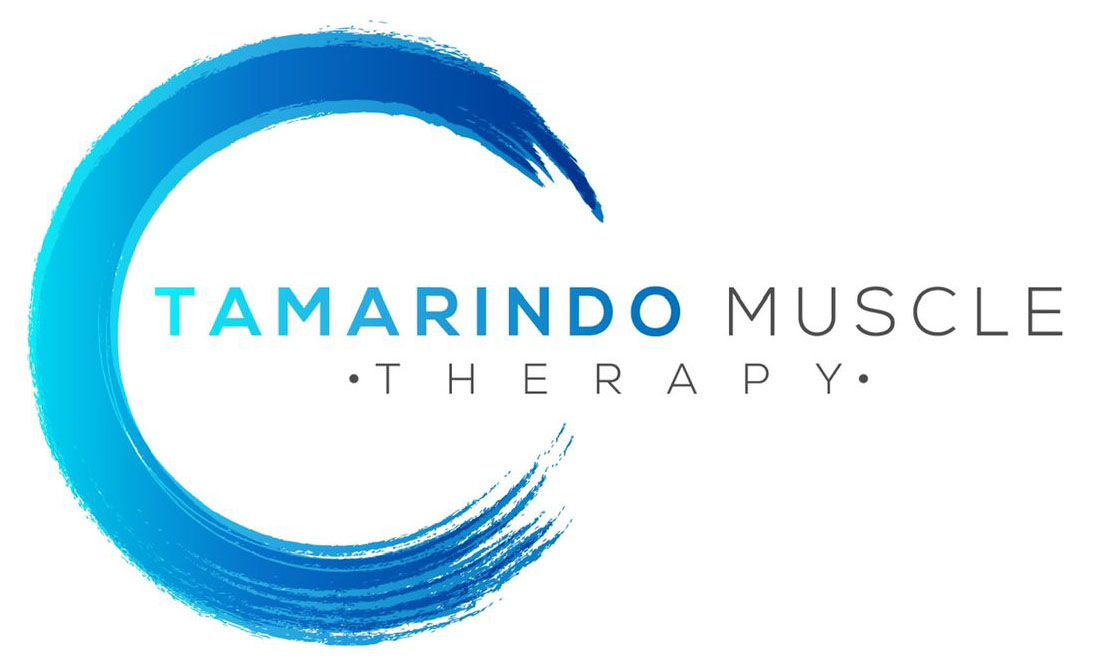Carpal Tunnel Syndrome
What is carpal tunnel syndrome?
Carpal tunnel syndrome is numbness, tingling, weakness, and other problems in your hand because of pressure on the median nerve.
What causes carpal tunnel syndrome?
The pressure on the median nerve can come from swelling or anything that makes the carpal tunnel smaller. Although there are many causes, some of the most common are repetitive movement’s of the wrist and hand (like typing) or a misalignment of the shoulder, elbow or wrist. Some other causes include: rheumatoid arthritis, diabetes, and other inflammatory conditions.
What are the symptoms?
Symptoms most often occur in the thumb, index finger, middle finger, and half of the ring finger. If you have problems with your other fingers but your little finger is fine, this may be a sign that you have carpal tunnel syndrome. A different nerve gives feeling to the little finger.
Tingling, numbness, weakness, or pain in the fingers or hand. Some people may have pain in their arm between their hand and their elbow.
How is it treated?
There are many treatments available that provide temporary relief such as anti-inflammatories, rest, icing, etc. However, at Tamarindo Muscle Therapy we believe it’s important to get to the root of the problem.
In carpal tunnel syndrome, although much of the focus may be on the wrist area, more than one structure may be involved, the probability of other muscles being out of balance is high. Typically people with carpal tunnel syndrome will present with an internal rotation of shoulder and arm affecting the nerve that supplies the sensation in the carpal tunnel that originates in the neck and shoulder area. It is important to release any scar tissue along the entire nerve pathway.
The Koontzin method has been very effective in treating this condition through stretching and specific manual manipulation of the soft tissue. This method relieves pressure and pain and provides a more permanent solution by treating the cause and not just the symptom.


